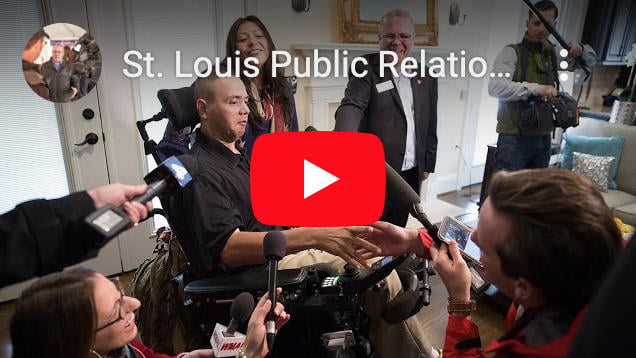PR For All Ages
An individual’s age is a common predictor of attitudes and behaviors, according to the Pew Research Center. This is the reason communicators typically use age cohorts (such as Baby Boomers, Generation X, Millennials/Generation Y, Generation Z) as the primary target audience differentiator.
 To communicate effectively, one must recognize and understand the challenges, motivations and communication preferences—both style and method—for each generation. In general, certain communication strategies will work better than others merely based on generation. However, age groups are not quintessential, so additional segmentation may be necessary depending on the situation and desired outcomes.
To communicate effectively, one must recognize and understand the challenges, motivations and communication preferences—both style and method—for each generation. In general, certain communication strategies will work better than others merely based on generation. However, age groups are not quintessential, so additional segmentation may be necessary depending on the situation and desired outcomes.
Using multiple methods to communicate with the various generations—meeting them where they’re at—is a requirement for success.
Baby boomers prefer traditional forms of communication such as mainstream mass media (print and broadcast), telephone conversations and email, but many have embraced Facebook and more recently, Instagram.
Gen X. For being the last generation to have grown up without the internet, is a relatively tech-savvy group. Gen Xers predominately prefer email but they are adaptive and open to other methods and modes of communication. According to Global Web Index, they are viewed by many as the hard-to-reach generation due to a tendency to be skeptical. But “if brands get it right, Gen Xers are the generation most likely to be loyal.” Olivia Valentine writes.
Millennials (aka Gen Y) are often referred to as digital natives. They grew up in an ‘always on’ culture and as such are comfortable with multiple forms of communication with a preference for those that are digital. An NTT Data whitepaper alludes to Millennials not being as loyal since they seem to always be “on to the next best thing.” It suggests that short, concise communication like texts and instant messaging, with links to additional information, may work best.
Gen Z. The youngest of consumers, are the true digital natives. They have never lived in a world without the internet. Varying studies show between 96 and 98 percent of Gen Zers own a smartphone, and they own them at a much younger age. They far surpass Millennials in daily social media activity, gravitating toward multimedia-laden sites like Instagram, YouTube, and TikTok. Interestingly, Gen Z seems to approach tech with a more reserved and conscientious attitude and lean away from big tech. A WebFX infographic claims the average Gen Z’er has an attention span of just eight seconds. Because of their young age, this is the group to watch to see if these trends continue.
While there are differences in communicating with each generation, there are some similarities. All generations now use social media, albeit in somewhat different ways and with varying frequency.
The one commonality among all generations is the popularity of video content. One recent survey shows the majority of all generations access YouTube at least once a week. The demand for video content is increasing—and it just might still be the most under-utilized way communicators can reach their audiences.
Are you engaging multiple generations? What are you doing to step-up your video communications strategy?

Kathy Barnes brings more than 15 years’ executive level administrative and marketing experience to the team. Her skills include project management, research, writing and editing, and client representation. Kathy has worked in marketing and administrative support roles for small companies and large corporations ranging from general and specialized construction to public safety communications and engineering. Follow her on Twitter, or connect with her on LinkedIn.








